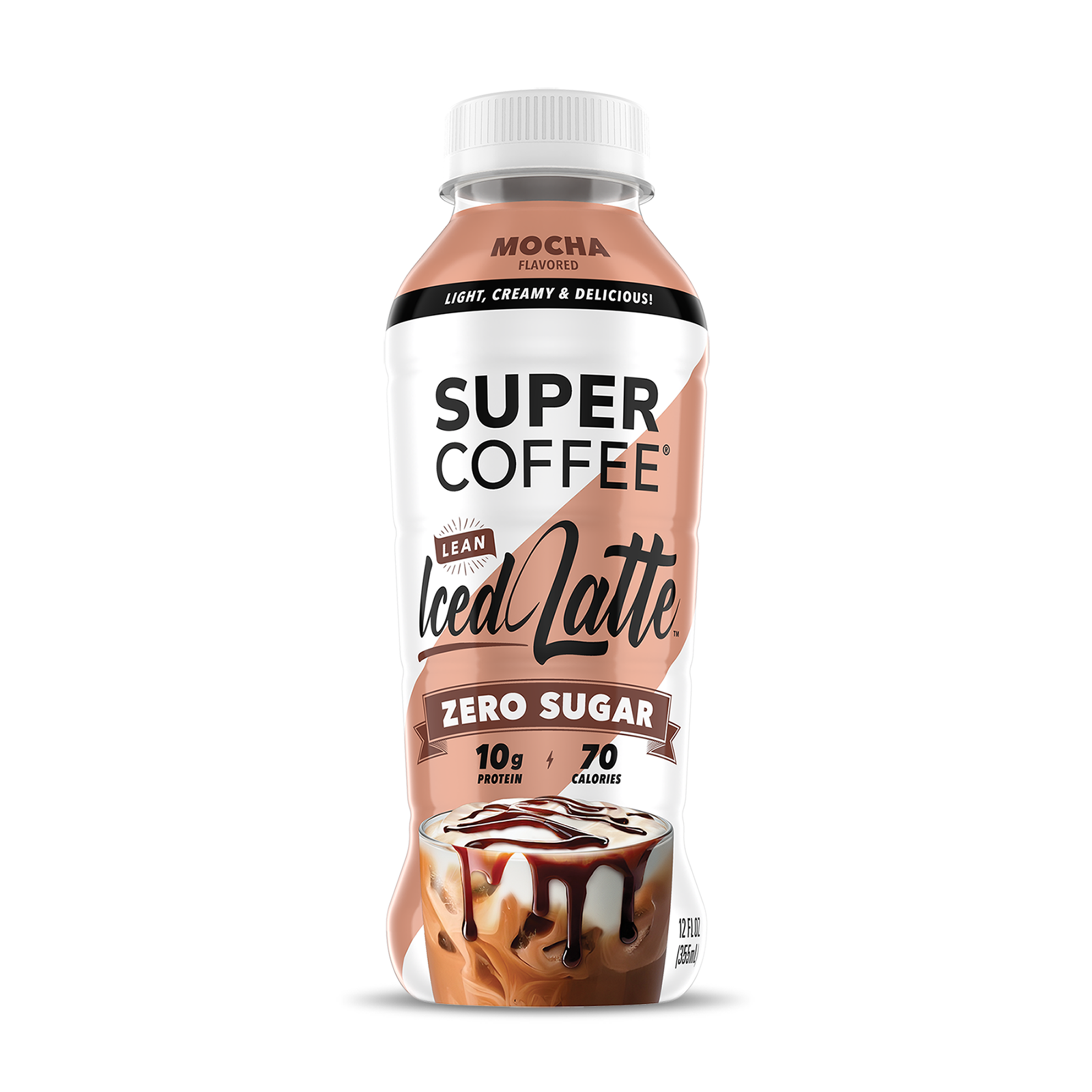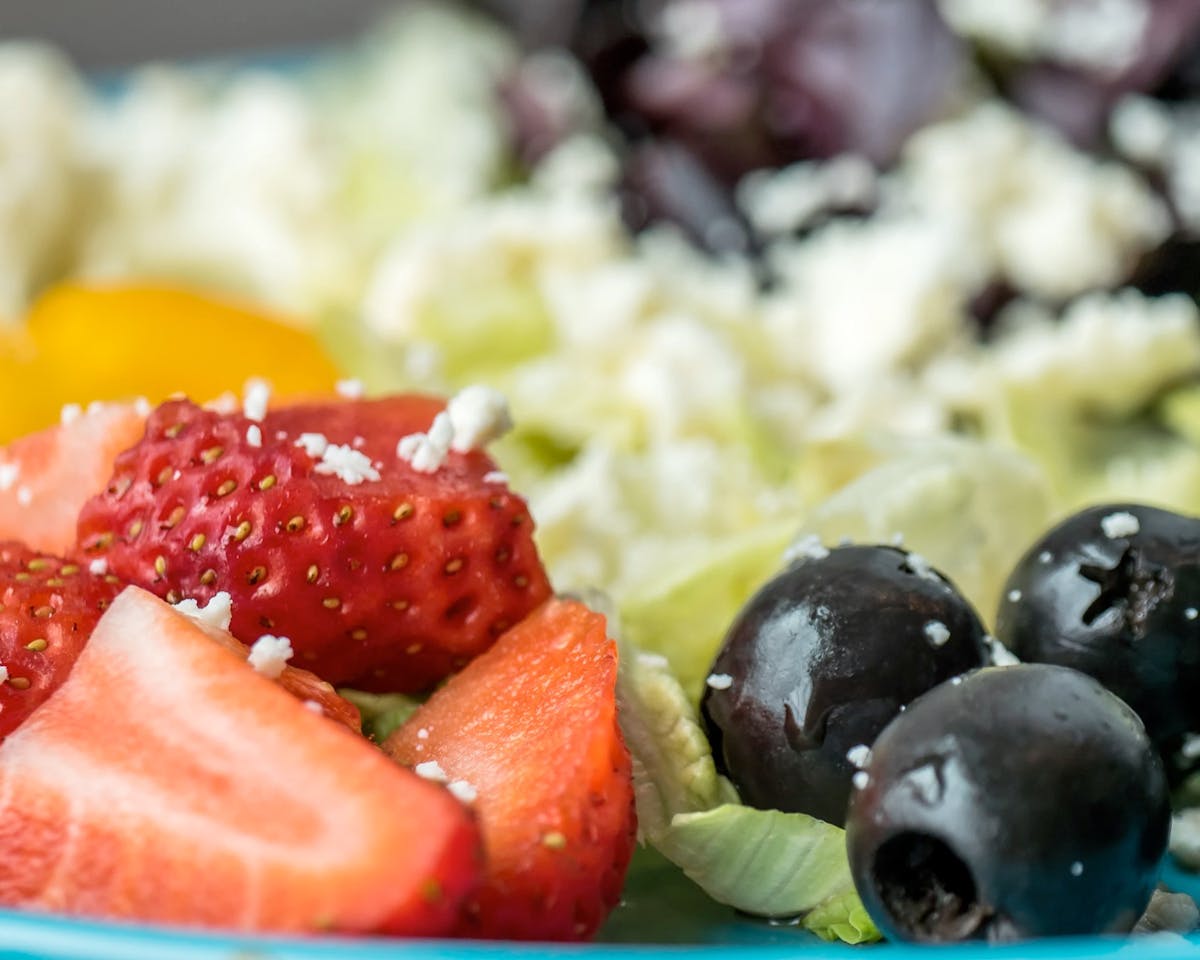Your cart is empty
Why is summer the best season for dieting?
- You’re not stuck in the house.
- It’s easy to get exercise without having to go to the gym.
- There’s a bonanza of fresh vegetables and fruits available for meals and snacks.
Um…hold up on that last one for a minute.
The summer and fall harvests of fresh vegetables are indeed a godsend for those trying to eat healthy and lose weight. Few veggies will sabotage a diet of any type.
Fruit, however, is a different story – especially if you’re on keto.

Is Fruit Really Good For You?
There’s a very good reason why you experience a refreshing sweetness when you bite into nearly every type of fruit. It can be explained in one word: sugar.
Pick a fruit. Any fruit. Sorry to break it to you, but it’s loaded with sugar. In fact, the type of sugar most commonly found in fruit, fructose, is often called “fruit sugar” on ingredient and nutritional labels.
That’s not a big deal when you’re following many types of diet plans, since fruit is very good for your health in a number of ways. It’s usually high in nutrients and low in calories, and the fiber it contains can make you feel full. That last one is an obvious plus when you’re dieting and trying to eat less food.
If you’re on a low-carb, high-fat keto diet, though, fruit can be one of your biggest enemies. Its natural sugars contain an enormous number of “hidden” carbohydrates, and they can quickly sabotage your diet.
So when you’re on the keto diet, the best advice to remember about fruit is “BE VERY CAREFUL!”
Here’s a guide to help you avoid the keto land mines that are so tempting in the middle of summer.
Why Fruit is So Dangerous for Keto Dieters
Even those who’ve never tried following a keto meal plan know that certain foods are virtually prohibited.
Bread, rice, pasta, potatoes, packaged or prepared foods with added sugar – that’s just part of the banned food list, and that list is a lengthy one.
Even those who’ve never tried the keto diet know the basic reason why those foods are banned: carbs. Sugars and starches are high in carb content, and you have to avoid eating too many carbs on keto.
Bread, pasta and packaged food can be fattening, of course, so it certainly makes sense that they’re on the list. But what makes all types of carb-heavy food – even fruit – such a problem?
To understand the answer, we have to talk about the body’s metabolism for a minute. Since we’re discussing dieting, we’ll do this in bite-sized portions.
- The body and brain usually get the energy they need by burning the carbohydrates we eat. That process turns carbs into the glucose (blood sugar) that powers our metabolism.
- Keto guidelines drastically reduce the amount of carbs we eat. That causes a big problem for the body, since no carbs means no new glucose. Once it’s used up any excess it may have stored, it has to find an energy source to replace glucose.
- There’s only viable, “emergency” replacement for glucose: molecules called ketone bodies, or ketones for short.
- When it’s carb-deprived, the body enters a metabolic state known as ketosis, which allows the liver to produce ketones and allows them to be used for energy.
- But here’s the real key: the body has to burn “something” in order to produce ketones. And what it burns is stored body fat.
- There’s the payoff. Burning stored body fat leads to weight loss, and that’s why the keto diet works to treat obesity.
Now you can probably understand the reason why keto is all about the carbs. If the body gets enough new carbs to make glucose, it no longer has to produce ketones. The dieter “falls out of ketosis.” The fat burning – and weight loss – stop.
It’s only natural, then, that those following the ketogenic diet (or any low-carb diet) spend much of their time focused on carb intake and carb counts.
Strict keto diets only allow you to have 20-25 grams of net carbs per day (net carbs are total carbs minus fiber, since you can’t digest fiber), so every carb you eat brings you closer to falling out of ketosis and ruining your diet.
Now you can understand why fruit – and its “hidden” carbs – is so dangerous to keto dieters.
Fruit, Carbs and Nutrition
Your parents and health teachers weren’t exaggerating when they kept telling you how good fruits and vegetables are for you. They provide many important health benefits.
- They’re terrific sources of key vitamins and minerals, including vitamin C, folate (vitamin B9) and potassium.
- They provide dietary fiber, which helps to keep the gut biome healthy and in balance, prevents constipation, and lowers the risk of bowel cancer.
- They’re also high in antioxidants, making them valuable weapons in the fight against heart disease, inflammatory diseases, type 2 diabetes and other types of cancer.
Oh, and they taste great, too.
But there are many low-carb vegetables that are terrific for a keto diet. Sadly, we can’t list the “best” low-carb fruits. There are no low-carb fruits – just “lower carb” ones.
That’s because of the sugar that’s naturally present in fruit.
Sweeter fruits like watermelon contain a lot more sugar than lemons and limes, of course, but no one’s going to sit down and devour a lemon as a keto snack. The tasty fruits all contain a large amount of sugar.
(Although that does explain why lemon juice is a great way to add taste to water when you’re on keto; it contains almost no sugar or carbs.)
Almost all fruits contain generous amounts of glucose and/or sucrose, two simple forms of sugar that are very high in carb content.
So even “keto-friendly” fruits can’t be eaten by the bowlful, the way you can chow down on lettuce or spinach. You have to choose carefully and limit the amount of fruit you eat when you’re on keto.
Fruit is such a healthy food, though, that it’s a good idea to include some of it – even if you’re following a rigorous keto diet.
Here’s how to do it.

The Best Fruits to Eat on Keto
We’ve hopefully driven home the point that you can’t just wolf down the “best keto fruits” when you get hungry.
From this point on, we’ll be looking at which ones are the best choices for keto dieters who can’t resist indulging their sweet tooth with an occasional treat.
One Note Before We Start
Our list doesn’t include foods that we normally call “vegetables” but are really fruits, like avocados and tomatoes. They’re both great for keto dieters, though.
You may read that an avocado contains nearly 13 grams of carbs, but it only contains about three grams of net carbs; the rest is insoluable fiber (which the body doesn’t retain). The ten grams of fiber in an avocado don’t figure into the net carb count, which is what matters when you’re on keto.
It’s a similar story for tomatoes; subtract their nearly two grams of fiber content from their five grams of total carbs, and you’ve got about three net carbs.
Whether you call them veggies or fruits, both are fine to eat on keto. And avocado (which is loaded with healthy fats) is a key player in many keto recipes.
Star Fruit
Most people only know star fruit as the oddly-shaped fruit that’s in the same “exotic” part of the produce section as mango, papaya and guava.
Those who are starting keto, though, should broaden their horizons a bit.
Ripe star fruit is juicy and sweet with a bit of tanginess, and best of all, a half-cup of cut-up star fruit contains only about 2½ grams of net carbs. It’s also a potent source of antioxidants, thanks to vitamin C and minerals like potassium and magnesium.
Don’t confuse star fruit with kiwi fruit, which contains almost twice the amount of net carbs.
Berries
Berries are known as the go-to fruit for keto dieters, because they’re among the lowest-carb choices. However, some are better choices than others.
Eating small amounts of raspberries, blackberries and strawberries probably won’t toss you out of keto.
A half-cup serving of raspberries contains about three grams of net carbs; there are slightly more carbs in the same amount of blackberries; and strawberries contain about four grams of net carbs for the same serving size, half-a-cup. They all provide strong health and wellness benefits, too.
Blueberries may be the healthiest of all berry varieties.
They contain tons of vitamins C and K, and lots of the important mineral manganese. Their antioxidant levels are among the highest of all fruits and vegetables, and they’ve been shown to improve heart health by lowering cholesterol levels.
Unfortunately, blueberries also contain twice the net carbs of strawberries, nearly seven grams for half-a-cup. They should only be eaten as a very rare treat, on a day when all of your other carb consumption is quite low.
What about other types of berries? Cross most of them off the list.
Raw cranberries only have six grams of carbs per half-cup, but we don’t know anyone who eats them raw. When they’re dried, their carb content soars to 62 grams, and goji berries are even worse.
Acai berries are the exception; a half-cup of pureed acai berries contains just two grams of carbs, and are a great keto ingredient.
Melons
Few healthy snacks are tastier on a summer’s day than a bowl of fresh cantaloupe and watermelon. They’re healthy fruits, too; they’re each low in calories, and watermelon is rich in the antioxidant compound lycopene.
Go slow if you’re on keto, though; each melon is OK for keto dieters, but only in moderation.
A half-cup of watermelon contains around 5½ grams of net carbs, and the same amount of cantaloupe contains about six grams. (Skip the honeydew melon, which has seven net carbs for each half-a-cup.)
Those numbers certainly sound encouraging. But if you sit down with a small bowl of watermelon and cantaloupe, that would be around a cup of the mixed fruit and almost 12 grams of net carbs – in other words, more than half the daily carb allowance on a strict ketogenic diet plan. Be careful.
Plums
There’s no feeling like picking up a ripe piece of fruit and taking a satisfying bite. In most cases, sadly, you’ll be consuming lots and lots of carbs along with the sweet fruit and juice.
The best choice, if you’re on keto, is a plum. That doesn’t mean it’s a good choice, however. A moderate-sized plum contains about 7½ grams of net carbs, in addition to its juice and important nutrients like potassium and phosphorus.
A plum, all by itself, isn’t going to toss you right out of ketosis, as long as you don’t overdo your carbs during breakfast, lunch and dinner. Just make sure you think that the treat will be worth its carb content.
Peaches are a different matter. A medium-sized peach will cost about 13 net carbs from your daily budget; that’s well over half all the carbs a strict keto dieter can eat in a day.
And if you’ve had a craving for juicy red apples, you’ll probably have to choose between the apple and your weight loss program. A medium-sized apple contains nearly 25 net grams of carbs, and can easily cause a keto diet to come crashing down.
Other Keto-Friendly Fruits
Oh, you were expecting to see more entries here? Sorry about that.
Unless you want to include lemons and limes on this list, or you consider raw rhubarb (about two grams of net carbs per half-cup) a fruit that you’re dying to snack on, that’s all we’ve got for you.
Star fruit, berries, melons and plums are pretty much the only fruits you can get away with on a keto diet, and you’ll still have to be careful to work them into your carb allowance.
Here’s the good news. Experts recommend that you don’t follow a stringent ketogenic diet for more than 30 days, since the benefits and safety of keto haven’t been proven for periods of longer than a month.
And you can get through 30 days without pigging out on fruit, right? Just consider it a small sacrifice to make, in return for the weight loss and lower blood sugar levels you’re likely to see when religiously limiting your carb intake on the keto diet.
Blog posts
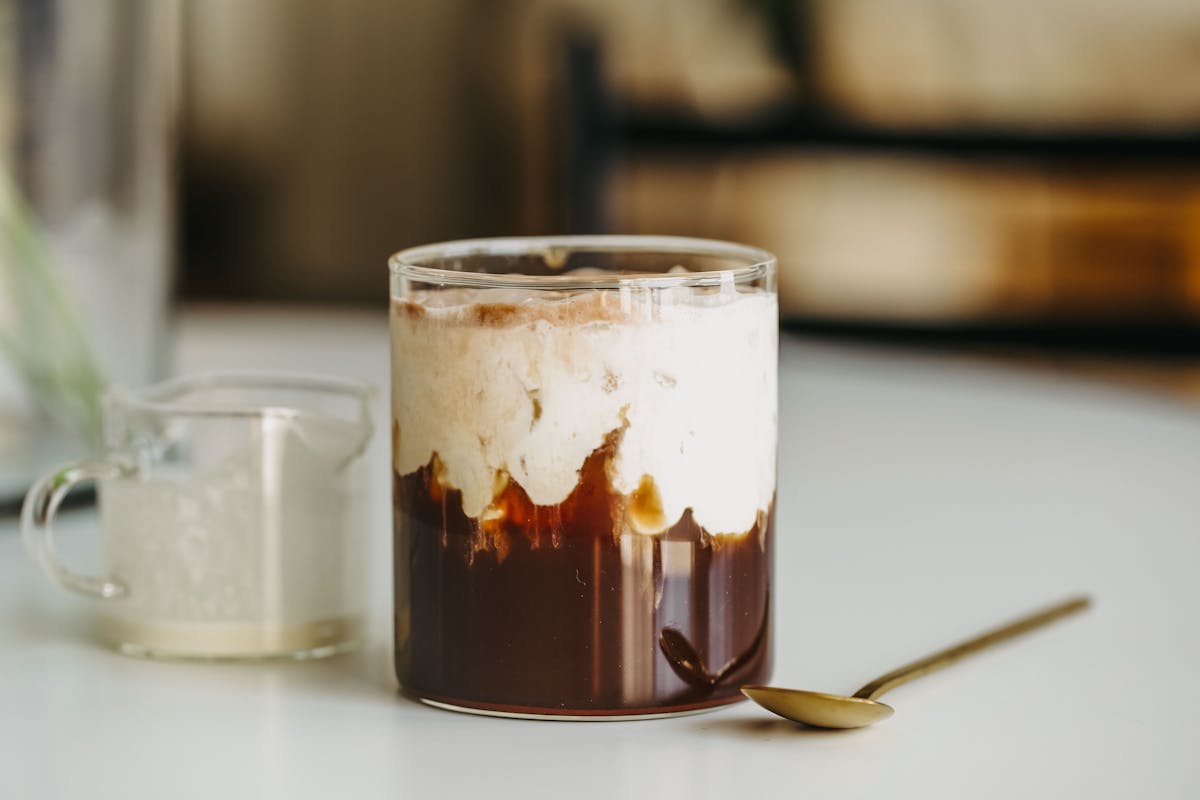
Cold, creamy and delicious - This chocolatey cold brew recipe is the perfect treat to kickstart your morning! The Recipe Chocolate Cream Cold Brew Prep Time: 1 minutes Cook Time: 5 minutes Ingre...
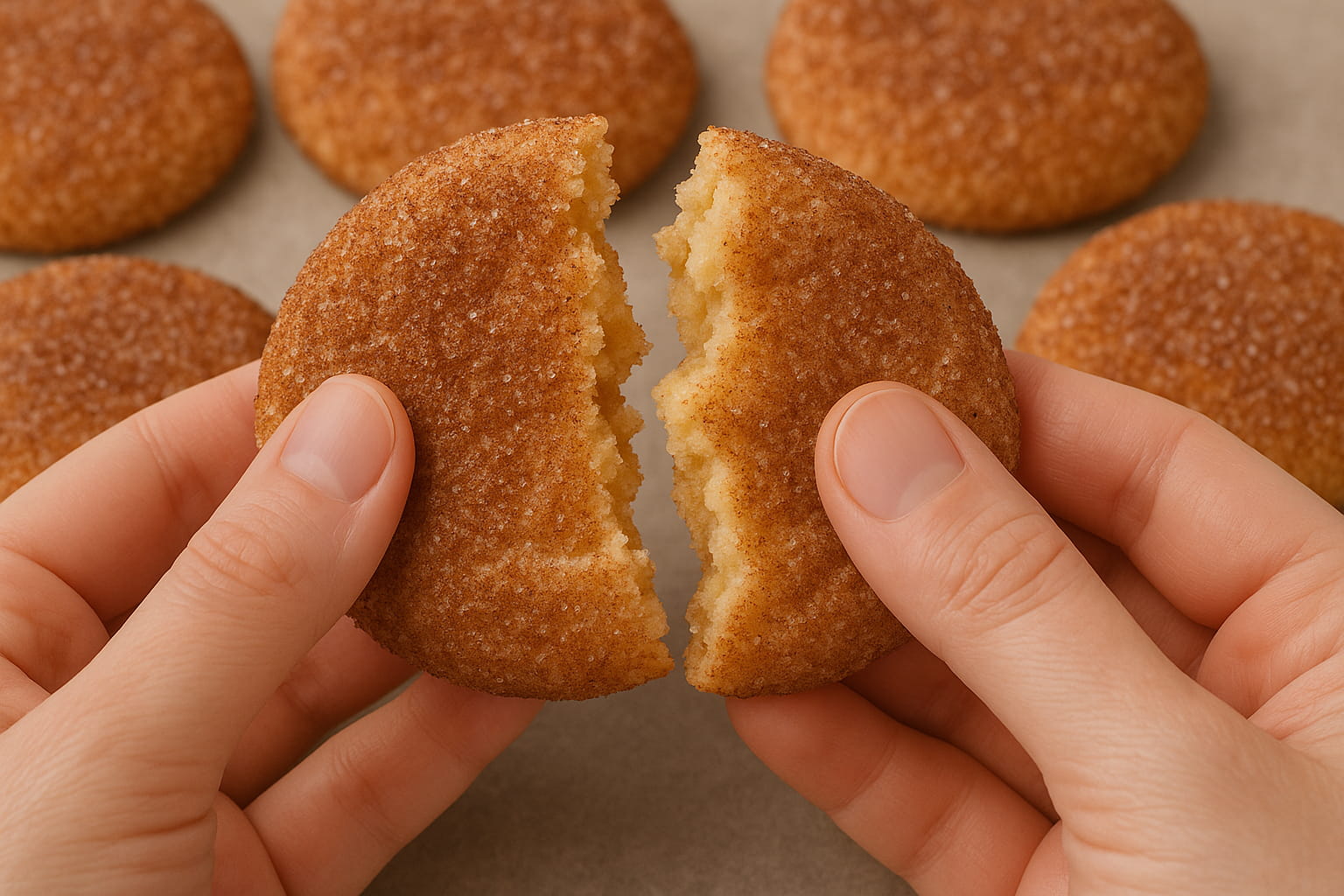
Indulge in the warm embrace of autumn with Pumpkin Spice Snickerdoodles - soft, spiced, and utterly irresistible! The Recipe Pumpkin Spice Snickerdoodles Prep Time: 10 minutes Cook Time: 1 hour ...
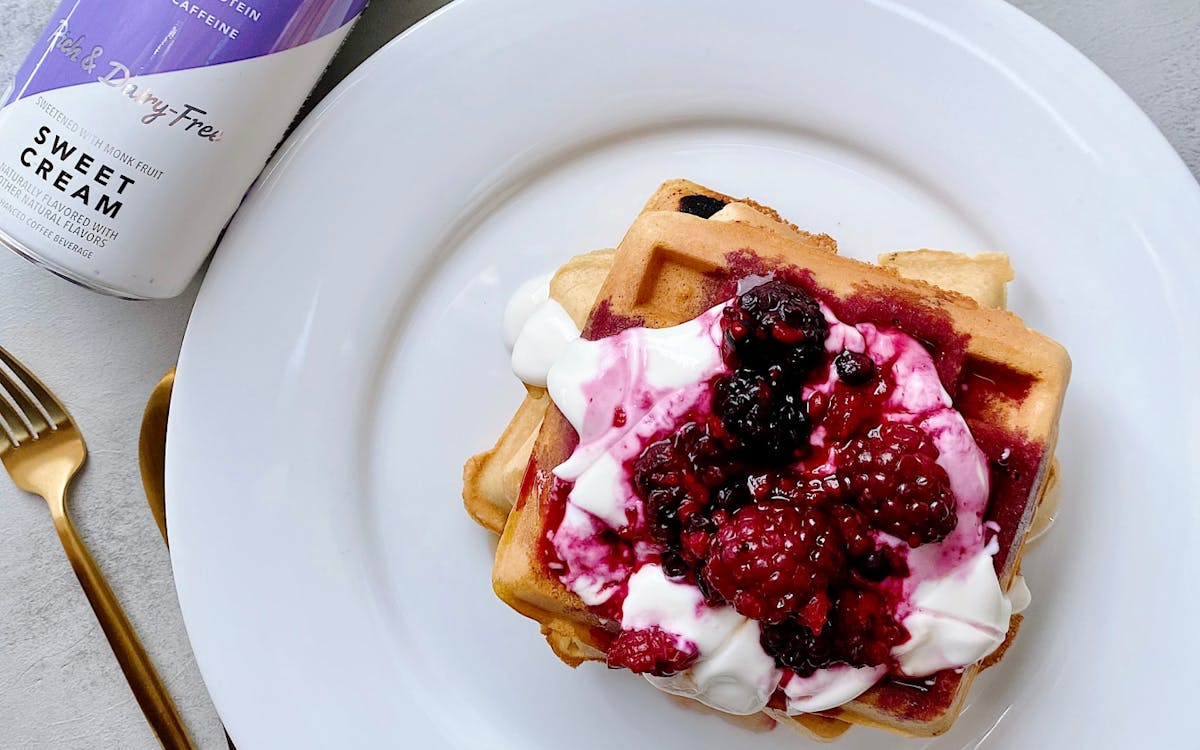
Low Carb Berries & Cream Waffles
These low carb/low sugar waffles are delicious, wonderfully crispy on the outside, and fluffy on the inside. You can also double batch and freeze for easy weekday breakfasts. Featuring our almost-...
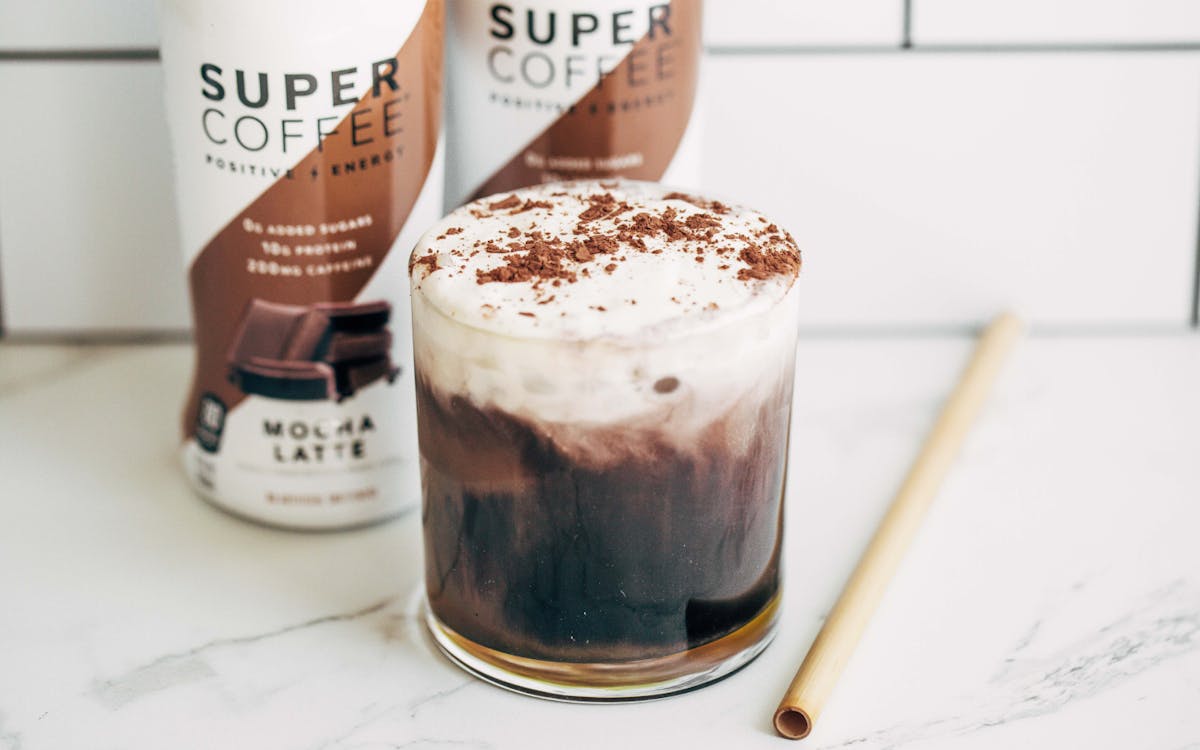
This may be the most fun latte recipe we’ve tried yet! With gooey & decadent black chocolate drizzle and a thick layer of creamy French Vanilla, just one sip of this iced latte will transport ...
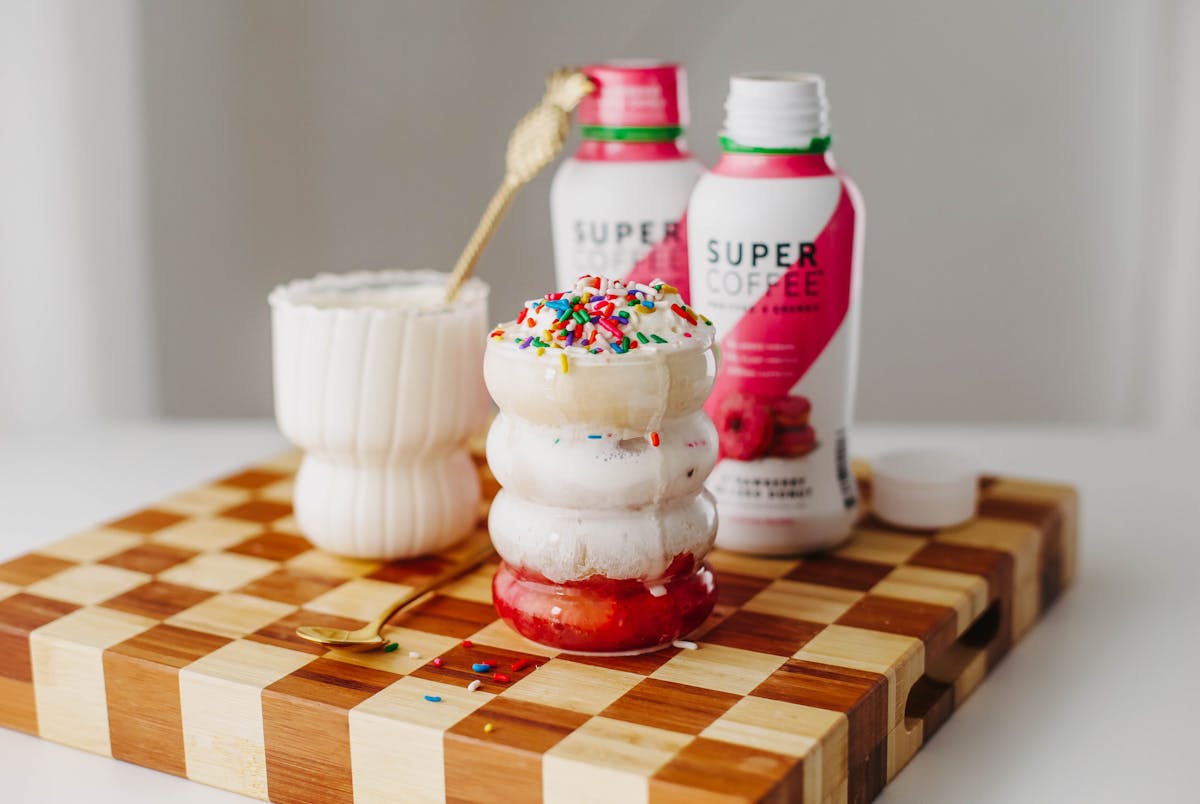
Strawberry Sprinkle Keto Coffee Recipe
Nutritional Info Calories: 274 Fat: 26.7g Carbs: 5.7g Protein: 4.5g Sugar: 2.1g Ingredients 3 strawberries, sliced. 3-4 tbsp heavy cream or half & half. Enough ice to fill a glass. 1/2 cup S...

8 Healthy Coffee Recipes That Are Better Than Starbucks
There’s no question about it. Coffee is good for you. Those who don’t like black coffee, of course, commonly add milk, cream and sugar – even if that also means adding calories, fat or carbs to the...



